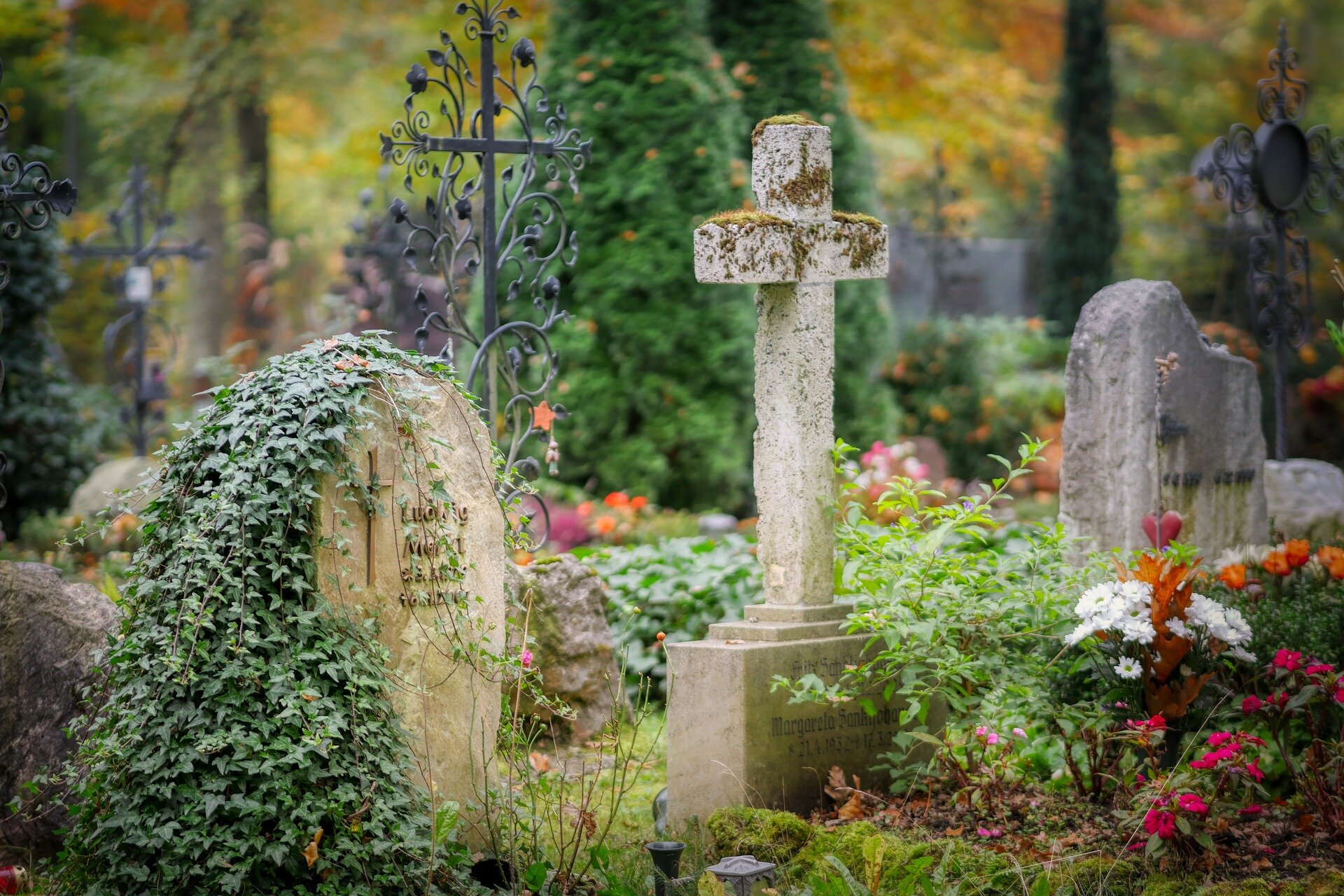
× close
Death is blue, or a flying animal. This is how death is most commonly illustrated in Swedish children’s literature, according to a new study from Uppsala University based on analyses of 62 books. Just 6 out of 10 books use the word “dead,” which may be a problem.
“The actual word ‘dead’ comes up in about two thirds of the books. The others use metaphors such as ‘fell asleep’ or ‘passed away,’ which can make it difficult for children to understand and can even scare them. For example, a child could be afraid of sleeping, because someone who has ‘fallen asleep’ hasn’t come back,” says Rakel Eklund, Ph.D., specialist nurse and the researcher behind the study.
In her work as a researcher on children’s grief, she often recommends adults to read books with children to help them begin talking about potentially difficult topics, such as death. To obtain a better overview of the existing literature, she enlisted a librarian at Uppsala City Library to help her search for books on the subject.
They found 110 titles and Eklund considered 62 of them suitable for her study. She analyzed hard facts such as author, publisher and date, as well as what the stories showed about the causes of death, funerals, the main character and the characteristics of the person who dies. The study also includes the process of grief following death. She has investigated the words used to describe death, grief and the person who has died.
Usually it is a pet or an older relative such as a grandparent who dies. Half the books mention causes of death, generally stillbirth or old age. The main character generally learns that someone has died by their mother telling them.
Most of the books include a grieving process. The most common way for the main character to cope with grief and other emotions is to be with family and friends and remember the deceased person together.
“It’s important to give the reader a chance to follow the grieving process. This can teach children that grieving is something that comes and goes in life and that grief doesn’t suddenly disappear or pass. The books I have looked at stand out in comparison with similar books from other European countries. Previous studies have indicated that far fewer children’s books there describe a grieving process.”
Eklund thinks it is a good thing there are so many children’s books dealing with death, from different angles. One perspective she finds is lacking is stories where it is the child itself who is dying. Previous research shows that dying children want to have honest and open information about their own illness and impending death. Only four of the books analyzed describe this process.
“Since one purpose of the books is to help children to cope and to talk about death and grief, more books describing preparation for one’s own death are needed. This would make it easier for both children and their parents and other significant adults reading to the child to have meaningful conversations about death and dying from the perspective of the dying person.”
In cases where the books include funerals, they follow the Christian tradition with a church, a priest and a coffin. None of the books offered a perspective from any other world religion.
“It’s problematic that the only religion reflected is Christianity. Death and grief are closely bound up with religious issues as they make us wonder why we live, why we die and what the meaning of it all is. Our society contains more philosophies of life and religions, and many people have beliefs of their own or no beliefs. I think children’s book editors, publishers and authors of children‘s books have work to do here,” Eklund says.
More information:
Rakel Eklund, Death and grief in illustrated storybooks: an inventory of Swedish literature for young children, Death Studies (2024). DOI: 10.1080/07481187.2024.2317167






